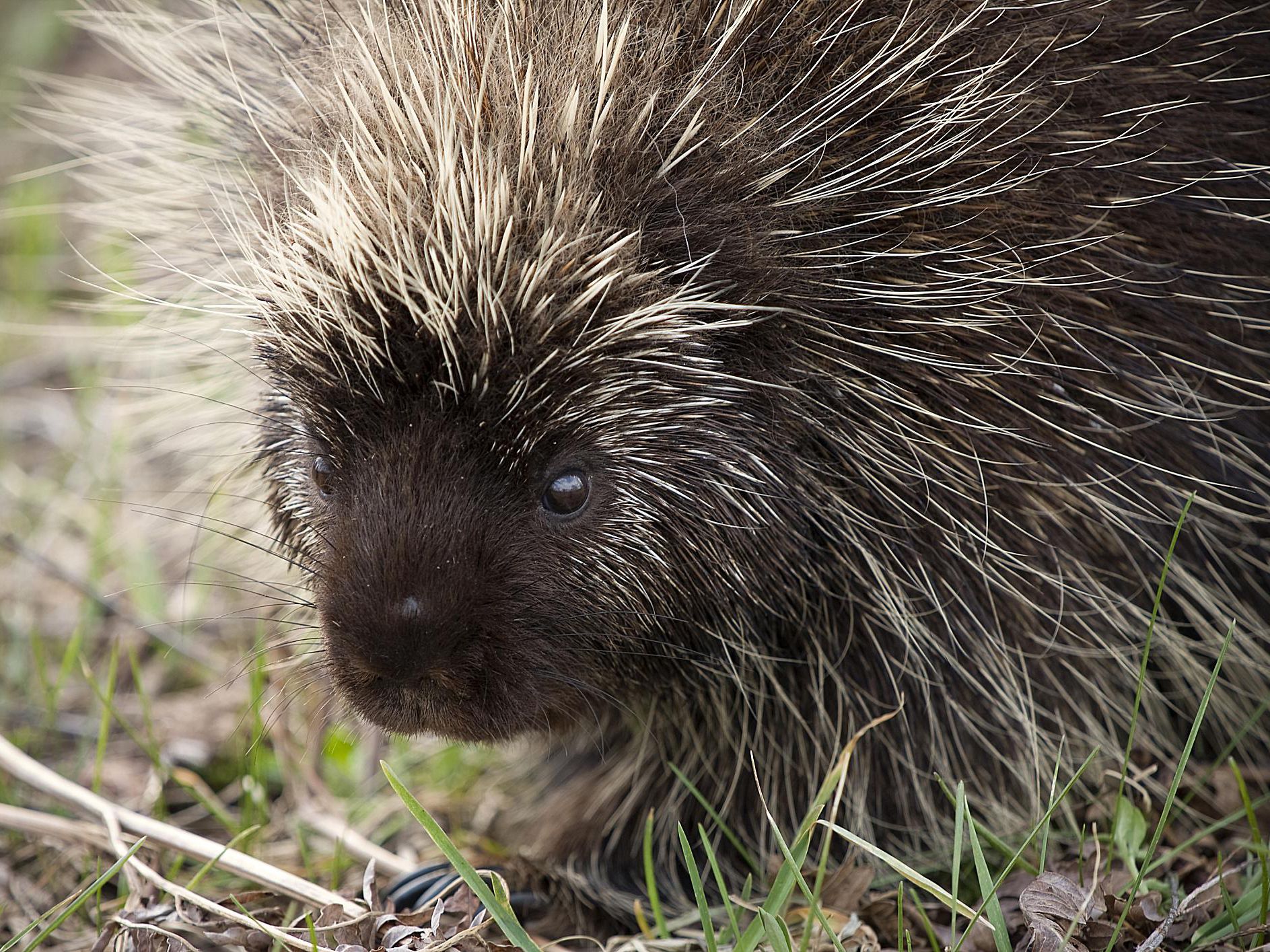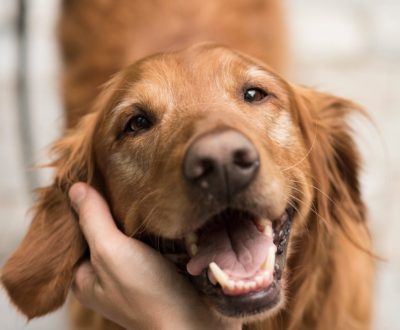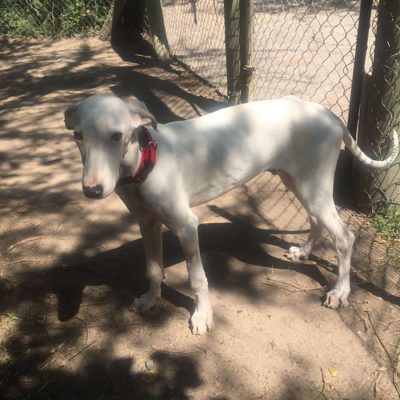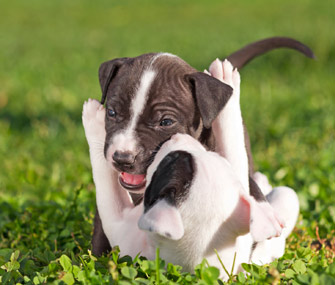Porcupine Problems

Have you or your pet been in contact with a porcupine? These animals have an amazing defense of just standing still and letting that encounter play out.
When your pet gets porcupine quills in their skin, it’s an extremely painful experience. Ideally, heading to the vet clinic for removal is the safest and most pain free option. However, we know that’s not a possibility for those who live in remote areas of Canada where vet clinics simply aren’t accessible.
Here are some tips to remove them safely.
You will need:
- Pliers
- Soap or antiseptic
- A muzzle or a rope to safely muzzle the dog
- Someone to help you
Remember, this is a procedure that HURTS. Keep yourself and your pet safe while removing the quills. When removing the quills – try not to break the quills
- Check the face, body, and paws for quills and start with those. Dogs often get them between their toes
- If there aren’t quills in the mouth, start by muzzling the dog to avoid getting bitten
- Identify a quill, pull the skin taught around that quill and place your pliers at the base of the quill (where it meets the skin)
- Pull the quill straight out from the base of the quill with your pliers. When quills are wet, they can be slippery and break
- Have a look to confirm that you removed the entire quill. Try not to leave little pieces of the quill in there
- Once the quills are removed, gently clean the area with soap and water or antiseptic
Quills in the mouth?
Yikes, this is a tough one. You will need some help, and you’ll need to be careful not to get bitten or cause further damage. Only remove quills that you can see and access easily. This will be PAINFUL for your pet.
- You’ll likely need to create a gag for your dog’s mouth to keep it open. A tennis ball or a thick stick can work to keep the dog’s mouth open
- Apply a muzzle around the snout once the gag is in place
- Very quickly feel and visualize the quills in the mouth
- Focus on the quills that would cause the most discomfort to the dog during eating – back of the throat, on the tongue, top of the mouth
- Remove the quills by placing your pliers at the base of the quill and pulling straight out
- Do not wash the mouth with soap or antiseptic when you’re done





Once you’ve removed all the quills that you can, keep an eye out for complications over the next few weeks. Sometimes quills will “migrate” or move through the body if they sunk below the skin.
Sometimes, if you’re lucky, they’ll poke out of the skin a while later and can be safely removed.
When we break quills or cut them off, the chances of the quills “migrating” is much higher, and then complications can occur.
Sometimes quills can cause infections if they move under the skin. At this point antibiotics may be required.

Myths about Quills
Myth #1 Porcupines shoot their quills at other animals
Incorrect. Porcupines stand still and let the animal come close to their quills. Once the animal touches the quills, the super sharp quills get stuck in their skin, and release out of the porcupine’s follicles.
Myth #2 Cut the quills to let the air out
Please do not cut the quills. Porcupine quills do not have air in them that needs to be released. Cutting the quills could actually allow them to slip deeper into your pet’s skin and cause more serious problems.
Myth #3 Apply heat or oil to the quill for easy removal
This is incorrect. Applying heat or oil could further irritate the skin before quill removal.
Myth #4 A dog will learn its lesson
Sadly for most dogs, this is incorrect. Some dogs certainly do avoid porcupines in the future, but most dogs see something fun to chase.






